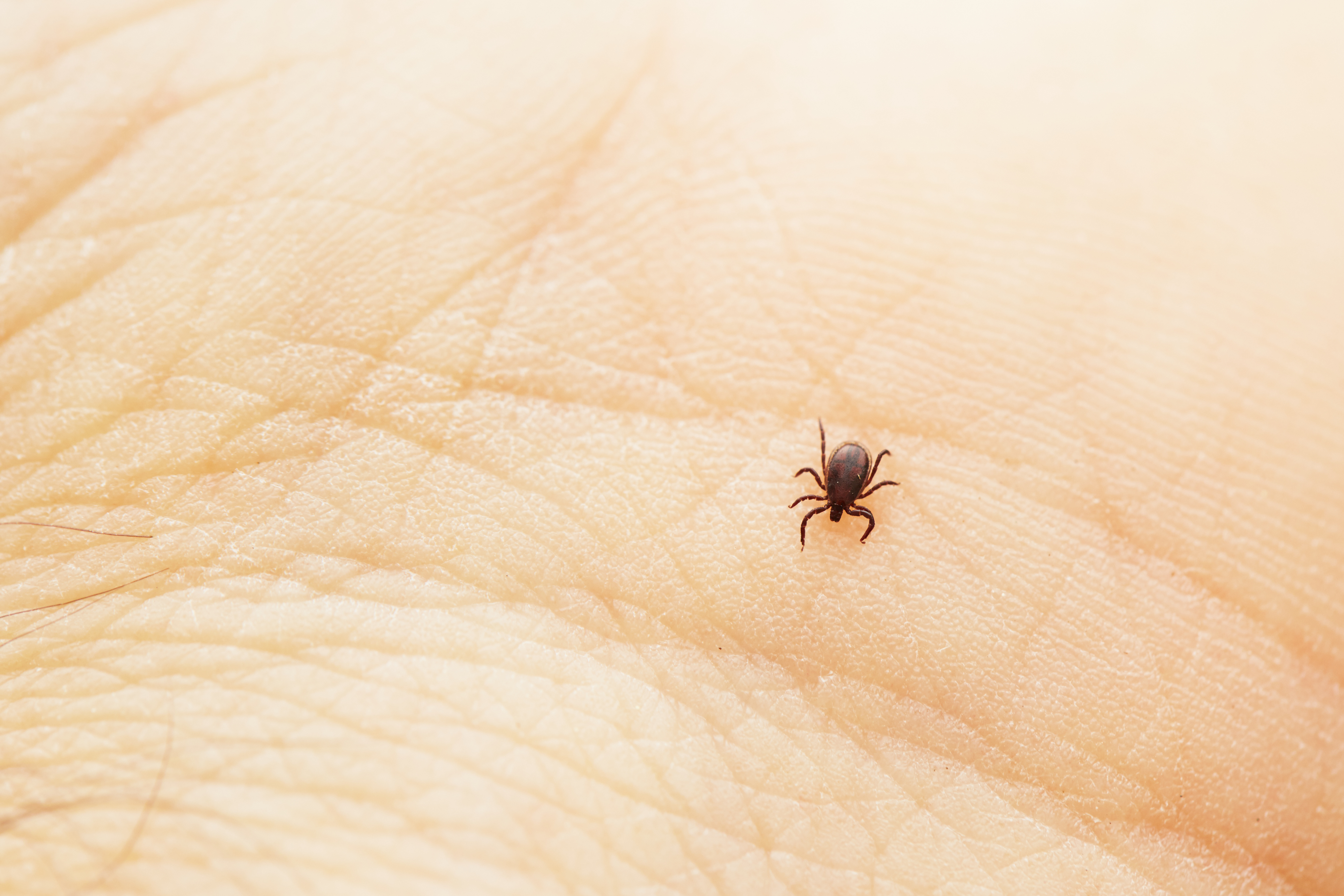Helpful Information About Ticks in California
After Thanksgiving, people living in California have another thing to consider aside from washing the plates and cleaning up after the get-togethers: the more active presence of ticks in California.
Ticks in California are known to increase their activity when late fall approaches until the months of May and June. But be particularly watchful during April and May because that’s the peak season for nymphal Western blacklegged ticks — perhaps the most notorious of all because this is the only type of tick in the region that transmits Lyme disease to humans.
California boasts of areas with natural vegetation, which is mainly attributed to the different kinds of ticks that are present in the region. According to the California Department of Health, around 47 types of tick species have been identified in the area but only eight types of ticks have been known to bite humans. These include the Western blacklegged tick (Ixodes pacificus), the American dog tick (Dermacentor variabilis), the Pacific Coast tick (Dermacentor occidentalis), Wood tick (Dermacentor andersoni) and Brown dog tick, plus three types “soft” ticks.
What to do if you are bitten by a tick
These tiny creatures will attach themselves to your skin to suck blood; if left alone, their feeding frenzy can last for many days. It is important to remove the tick in case you get bitten to avoid being infected with the germs or viruses that they often carry.
Diseases Carried by Ticks
As mentioned, the Western blacklegged tick can transmit Lyme disease. A person that is infected with this disease will first experience flu-like symptoms such as fever, headache and malaise. A rash may also appear on the skin. But as the disease progresses, it can lead to facial palsy, arthritis and, in rare cases, cardiovascular health complications. It is possible to take several weeks or months before the patient can progress to recovery.
Another serious condition that can follow after a tick bite is Rocky Mountain spotted fever (RMSF), which is primarily caused by a bite from an American dog tick or wood tick. RMSF is considered the most severe illness in the U.S. resulting from a tick bite. Twenty percent of untreated cases lead to fatality, while 3 to 5 percent can also lead to death even under treatment.
How To Remove a Tick
This is why in the case of a tick bite, it’s absolutely important to remove the tick promptly and correctly to reduce further infection or diseases transmission. The best way to remove a tick is via medical intervention. But if the clinic is too far or the patient or someone nearby is confident about removing the insect, then immediate action can help. To remove, it is necessary to use blunt forceps to grab the tick, aiming for the mouth and making sure to get as close to the skin as possible. The tick should be pulled slowly and gradually with a stable motion until all body parts have been completely removed. Wash the area with soap and water, sanitize with alcohol, and visit a clinic for total inspection and monitoring. If you live in a place where ticks are abundant, it may be wise to invest in a commercially available tick removal tool.
Tick Prevention
As with any insect or pest infestation, the sure-fire way to avoid the complications brought about by ticks is through prevention. When going to areas with ticks, apply insect repellent with DEET on the skin and wear clothes that cover as much of the skin as possible. Carry out a routine inspection of your home during peak tick season. If you suspect the presence of ticks in your property, call a pest specialist. Don’t leave anything to chance and be proactive when protecting your family and pets from ticks.
References:
http://www.cdph.ca.gov/HealthInfo/discond/Documents/HeyDoc.pdf
http://www.cdph.ca.gov/HEALTHINFO/DISCOND/Pages/TickborneDiseases.aspx
Ticks in California | Helpful Information That You Should Know! Professional Pest Control Services in Tracy CA
Serving Northern California

